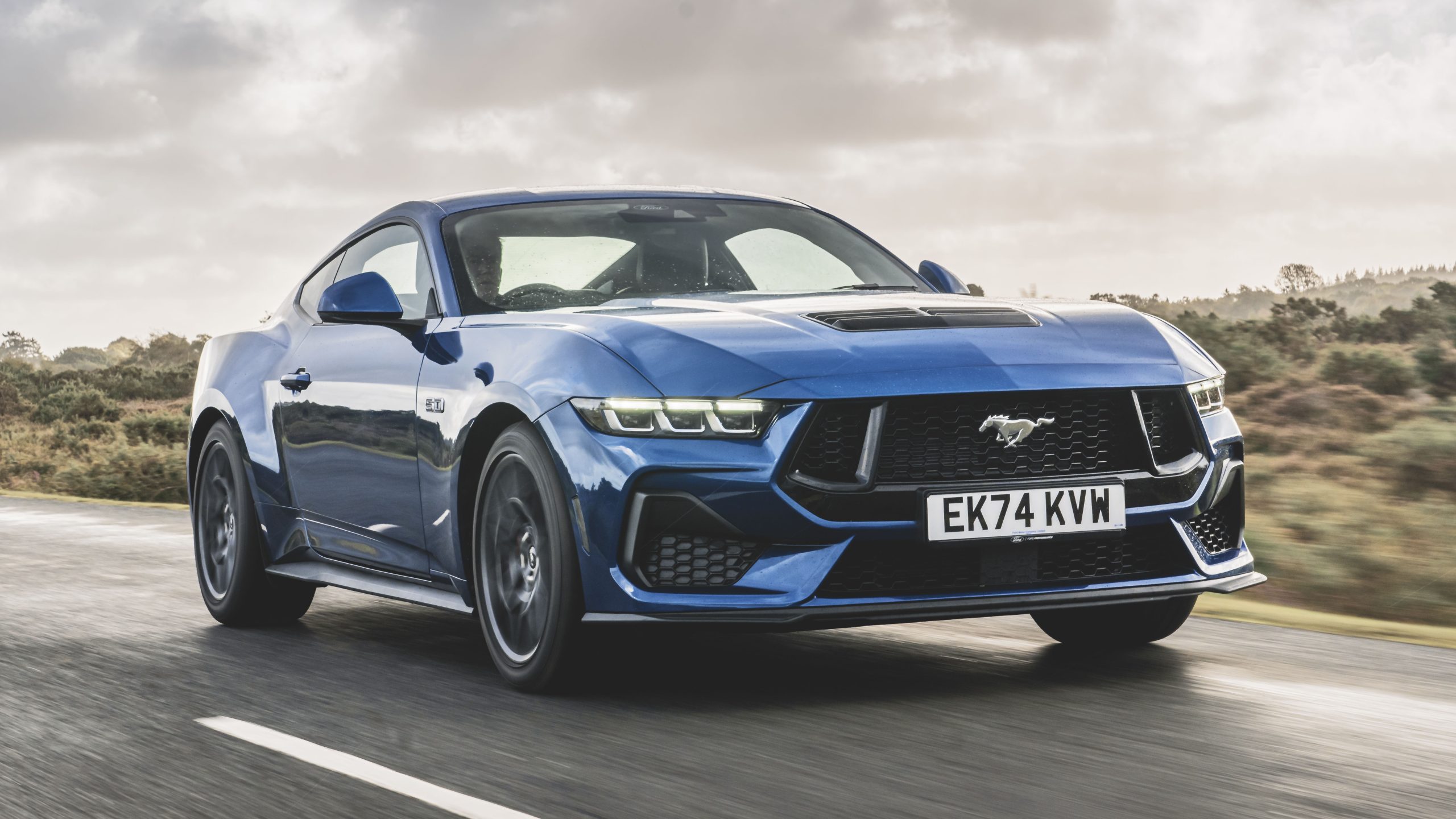The automotive market is a fascinating landscape where consumer preferences, brand reputation, and vehicle performance intersect to shape resale values and demand.
While many buyers assume that new cars always offer the best value and desirability, the reality is often more complex.
Some vehicles actually sell better in the used market than when brand new, driven by factors like improved affordability, niche appeal, or limited new sales due to pricing or availability.
On the other hand, certain models struggle to find buyers regardless of whether they are new or used, suffering from poor demand, weak brand perception, or design flaws that deter prospective owners.
Understanding these dynamics can empower buyers and sellers alike to make smarter decisions. For instance, buying a car that holds strong appeal in the used market could offer better long-term value and easier resale options. Conversely, steering clear of vehicles known for sluggish sales might save headaches down the road.
In this article, we explore five cars that consistently perform better in the used market than new sales, highlighting the reasons behind their stronger used appeal.
We then shift focus to five cars that notoriously fail to attract buyers, struggling both as new and used models. By analyzing these contrasting scenarios, we provide insight into how market forces influence vehicle desirability and resale outcomes.
Also Read: 5 Cars With Sky-High Trade-In Values And 5 Dealers Don’t Want
5 Cars That Sell Better Used Than New
It might seem counterintuitive, but not every car enjoys robust sales when brand new. In fact, some models actually find their strongest market footing only after they’ve been driven off the lot and entered the used car marketplace.
The reasons behind this phenomenon are varied, ranging from pricing strategies and market positioning to brand perceptions and changing consumer needs.
One common factor is affordability. New car prices can often be prohibitively high, especially for vehicles positioned in premium or niche segments. However, as these cars age and depreciation takes its toll, they become more accessible to a wider audience.
Buyers who might have balked at the new price tag find great value in purchasing a lightly used version instead. This opens up the market and fuels stronger used sales.
Another key reason is the appeal of reliability and proven performance. Some models might not generate enough buzz when fresh but develop a solid reputation over time.
Positive reviews from used owners, combined with relatively low maintenance costs, make these cars more attractive in the secondhand market.
Additionally, discontinued or limited-run models often become sought-after collectibles or practical choices once their production ends, boosting their resale appeal.
There are also vehicles that fill specific needs better after they are used—like those favored by fleet buyers or those that come with added dealer incentives and warranties when purchased used.
In this section, we’ll explore five distinct cars that exemplify this trend. Each model shows why it sells better used than new, supported by market data, pricing trends, and real-world buyer behavior. Understanding these examples will help prospective buyers spot opportunities where the best value lies just beyond the new car showroom.
1. Jeep Wrangler
The Jeep Wrangler is an iconic SUV known for its rugged off-road capabilities and unmistakable style. Surprisingly, it often sells better on the used market than new, largely due to pricing and buyer behavior.
New Wranglers come with a premium price tag, especially with higher trims and optional packages that can push costs well above the average SUV buyer’s budget. This pricing deters some buyers upfront, limiting new vehicle sales.
However, once a Wrangler hits the used market, it becomes far more attainable. Buyers interested in off-roading or weekend adventure vehicles often prefer a used Wrangler with some modifications or added gear already installed—something dealers rarely include on new models.
Additionally, Wranglers depreciate relatively well compared to many other SUVs, meaning used prices remain attractive but still reflect the vehicle’s rugged appeal.
Another factor contributing to strong used sales is the Wrangler’s reputation for longevity and reliability. Many owners keep their Wranglers for years, often upgrading or modifying them extensively.
This builds a vibrant used market with a diverse selection of trims, model years, and aftermarket upgrades, drawing in buyers seeking value and customization without paying new car prices.
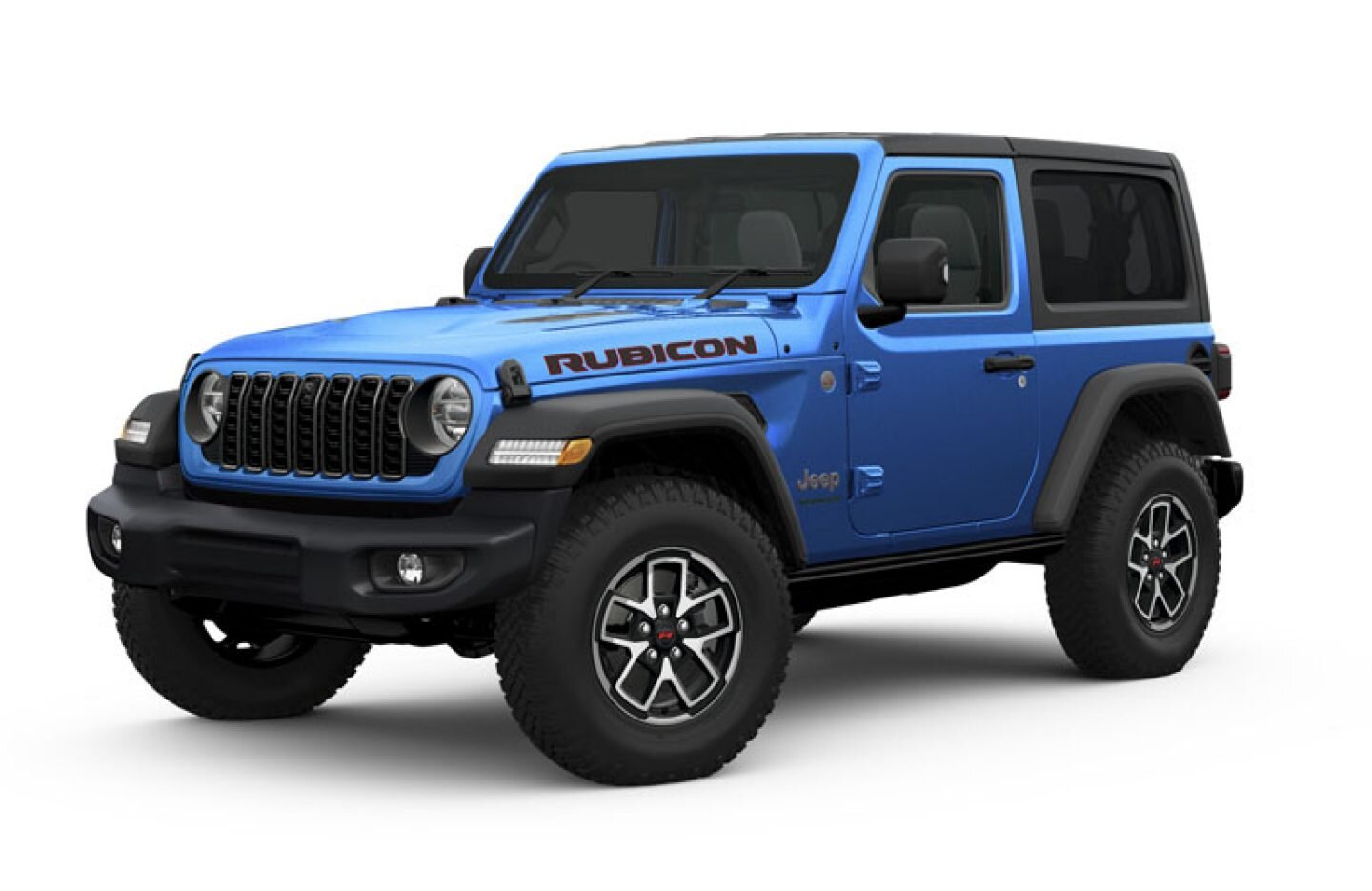
Moreover, Jeep periodically discontinues or redesigns the Wrangler’s trims and features, making certain used versions more desirable due to unique specifications or limited production runs. This can spur demand in the secondhand market beyond what new sales figures indicate.
Overall, the Jeep Wrangler’s combination of high new price points, durable reputation, and strong enthusiast community makes it a prime example of a vehicle that sells better used than new.
2. Toyota Tacoma
The Toyota Tacoma has long been a staple in the midsize pickup segment, praised for its reliability, off-road capability, and strong resale value.
Despite its popularity, Tacoma new models often carry a price premium due to limited supply and high demand, especially for the TRD Off-Road and TRD Pro trims. This high sticker price can put some buyers off from purchasing new.
In contrast, the used Tacoma market thrives. With many private sellers and dealers offering well-maintained Tacomas at a discount from new prices, buyers see better value in buying used. This is particularly true for buyers looking for a dependable work or recreational truck without paying new vehicle taxes and fees.
Tacomas also depreciate at a slower rate than many competitors, maintaining a strong resale value that keeps used prices relatively high.
This is a double-edged sword: it means they don’t lose as much value, but it also means buyers often turn to the used market to find more affordable options since new trucks are expensive.
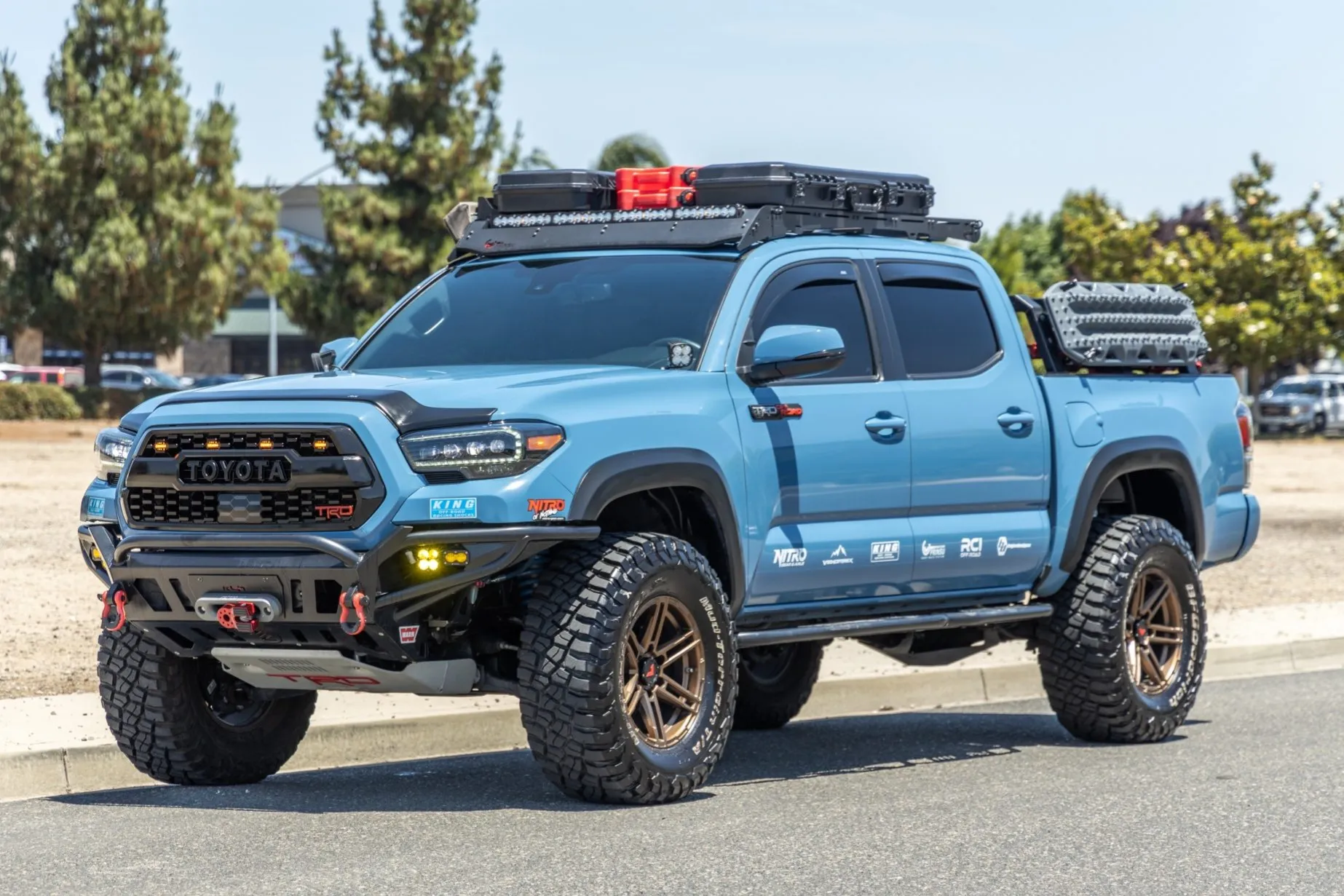
The truck’s reputation for bulletproof reliability adds to its appeal as a used vehicle. Many owners report Tacomas lasting well beyond 200,000 miles with basic maintenance, making used trucks a sensible choice for budget-conscious buyers wanting long-term durability.
Furthermore, Tacoma’s strong off-road trims and aftermarket support make used models particularly attractive, often coming with aftermarket enhancements that increase their value and desirability.
Because of these factors, the Toyota Tacoma exemplifies a truck that consistently sells better on the used market than in brand-new form.
3. Honda CR-V
The Honda CR-V has been a consistently popular compact SUV for decades, known for its practicality, fuel efficiency, and reliability. Interestingly, certain model years and trims of the CR-V have been known to perform better in the used market than as new sales.
This happens mainly due to pricing dynamics and the abundance of slightly used models entering the market.
New CR-Vs are often priced on the higher side for their segment, especially with the latest technology and safety features bundled into higher trims. Some buyers feel that the price premium for these new trims isn’t justified compared to slightly older models.
As a result, many shoppers opt to wait and buy a gently used CR-V a year or two old, benefiting from depreciation that significantly lowers the price while retaining most of the vehicle’s features and warranty.
The CR-V’s reputation for reliability plays a huge role here. Since it’s widely regarded as one of the most dependable SUVs, buyers feel confident purchasing used models without worrying about hidden issues. Certified pre-owned CR-Vs also come with extended warranties and thorough inspections, further reducing hesitation.
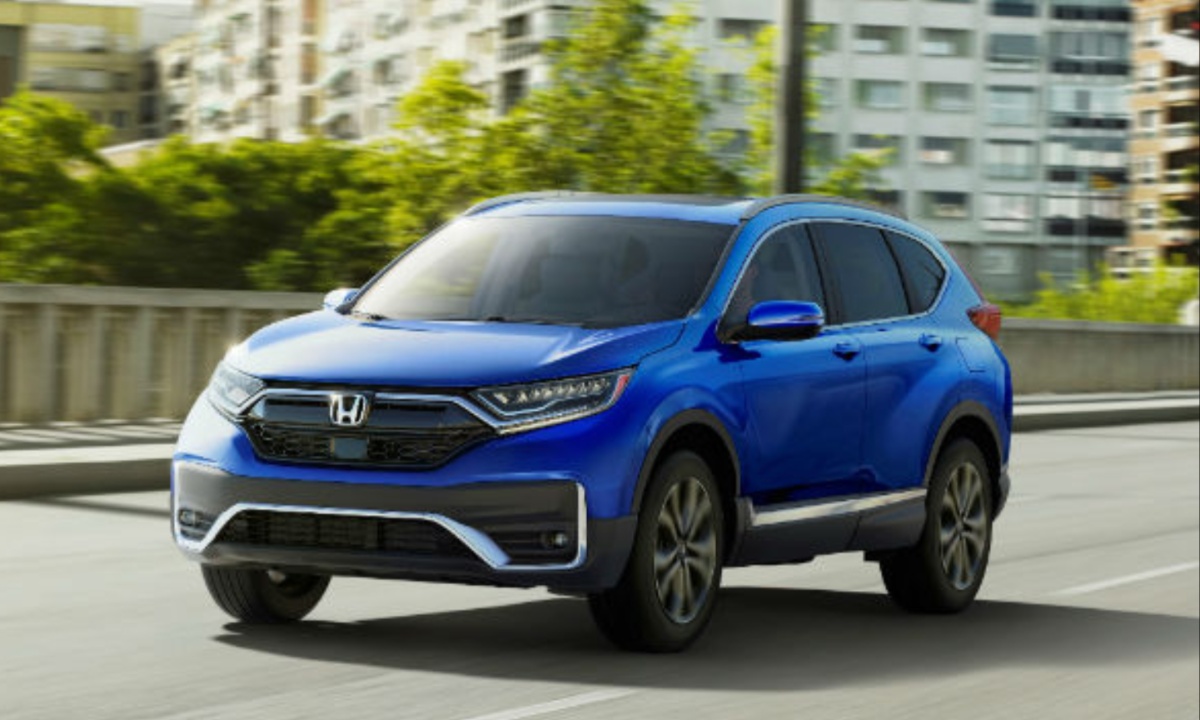
Another factor is the strong supply of used CR-Vs in the market. Because the CR-V has been a best-seller for years, there’s a steady flow of off-lease and trade-in models available, giving buyers plenty of options to choose from. This healthy supply keeps prices competitive and encourages used sales.
Additionally, some new buyers are deterred by new styling changes or features, preferring the look or setup of prior-generation CR-Vs, which they can find used.
For these reasons, the Honda CR-V is a standout example of a vehicle that thrives in the used market, with many buyers seeing better value and choice there than when buying new.
4. Ford Mustang
The Ford Mustang is an American muscle car legend, but its new sales figures sometimes don’t tell the full story of its popularity.
While the Mustang has a dedicated fan base, it often sells even better on the used market, especially certain trims and model years that offer strong performance at a reduced cost.
One major factor is pricing. New Mustangs, especially higher-performance trims like the GT and Mach 1, can be expensive, pricing out many potential buyers.
However, used Mustangs are often available at a significant discount, making them appealing to enthusiasts who want performance and style without the new-car premium.
Moreover, the Mustang’s aftermarket scene is massive, with many used vehicles already customized or modified by previous owners.
This adds unique appeal to used models that new buyers can’t easily replicate at dealerships. These used Mustangs often come with performance upgrades, custom styling, and enhanced features that increase desirability.
Mustangs also hold their value relatively well compared to other sports cars, but they still depreciate enough in the first few years to offer buyers great deals on used examples. This sweet spot encourages more used sales and trading in of older Mustangs.
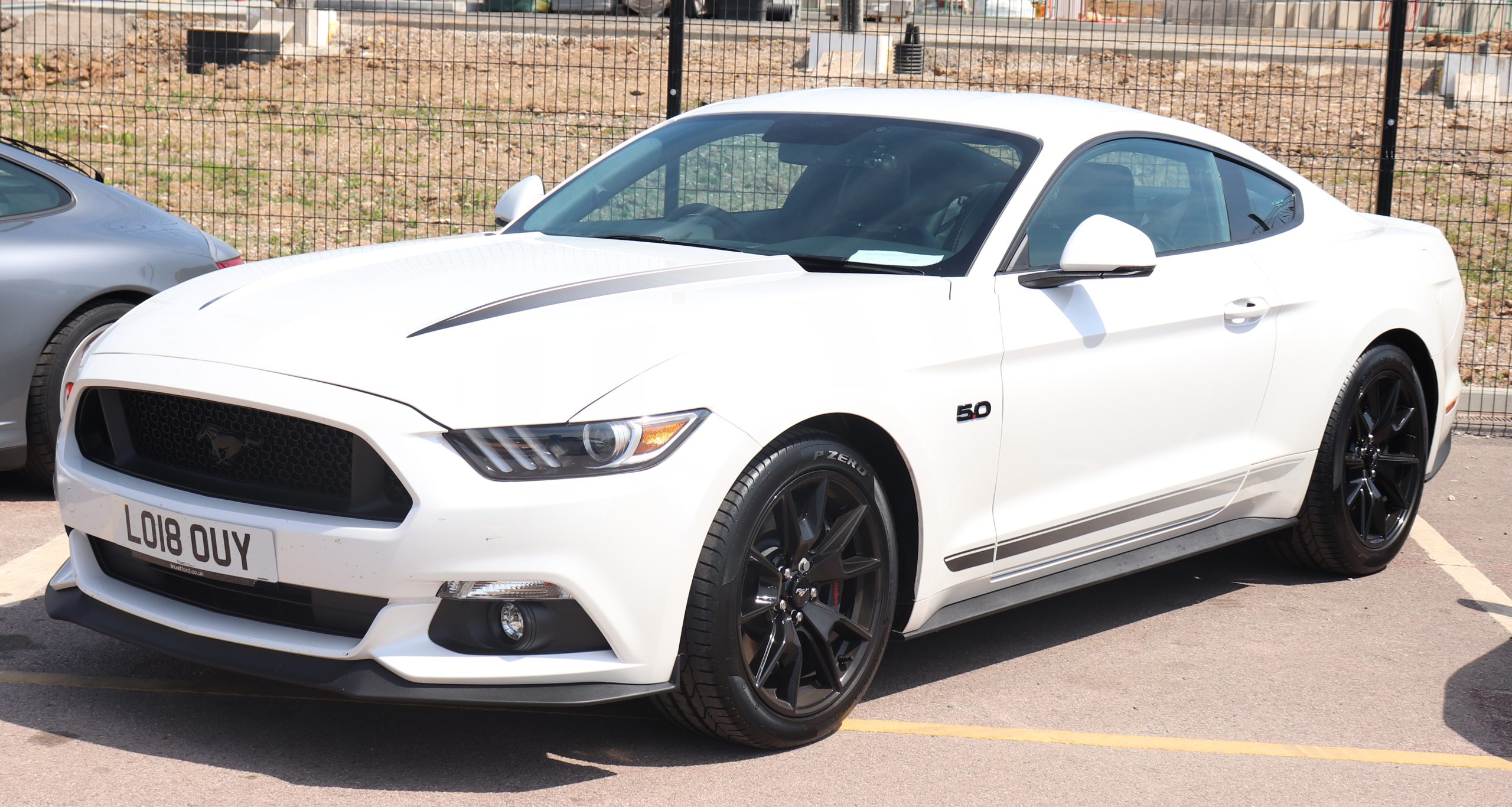
Finally, some buyers avoid the new Mustang due to concerns about rising insurance premiums or fuel economy, turning instead to used models with fewer worries about depreciation or cost of ownership.
In summary, the Ford Mustang is a clear case of a performance car that sells better used due to pricing, customization, and buyer preferences.
5. Subaru Outback
The Subaru Outback is a well-regarded crossover wagon, blending off-road capability with spacious interiors and excellent safety ratings. While new Outbacks sell steadily, many buyers prefer to purchase used models, driving stronger sales in the used market for several reasons.
New Outbacks, especially with higher trims and all-wheel-drive packages, can carry hefty price tags that deter budget-conscious buyers. The depreciation in the first few years makes lightly used Outbacks very attractive, offering nearly the same features for less money.
Outback’s reputation for durability and safety makes it a popular used vehicle choice, particularly among families and outdoor enthusiasts. Many buyers trust used Outbacks to deliver reliable performance for years, supported by Subaru’s loyal customer base.
Another factor is the availability of certified pre-owned Outbacks with extended warranties, giving buyers peace of mind when purchasing used.
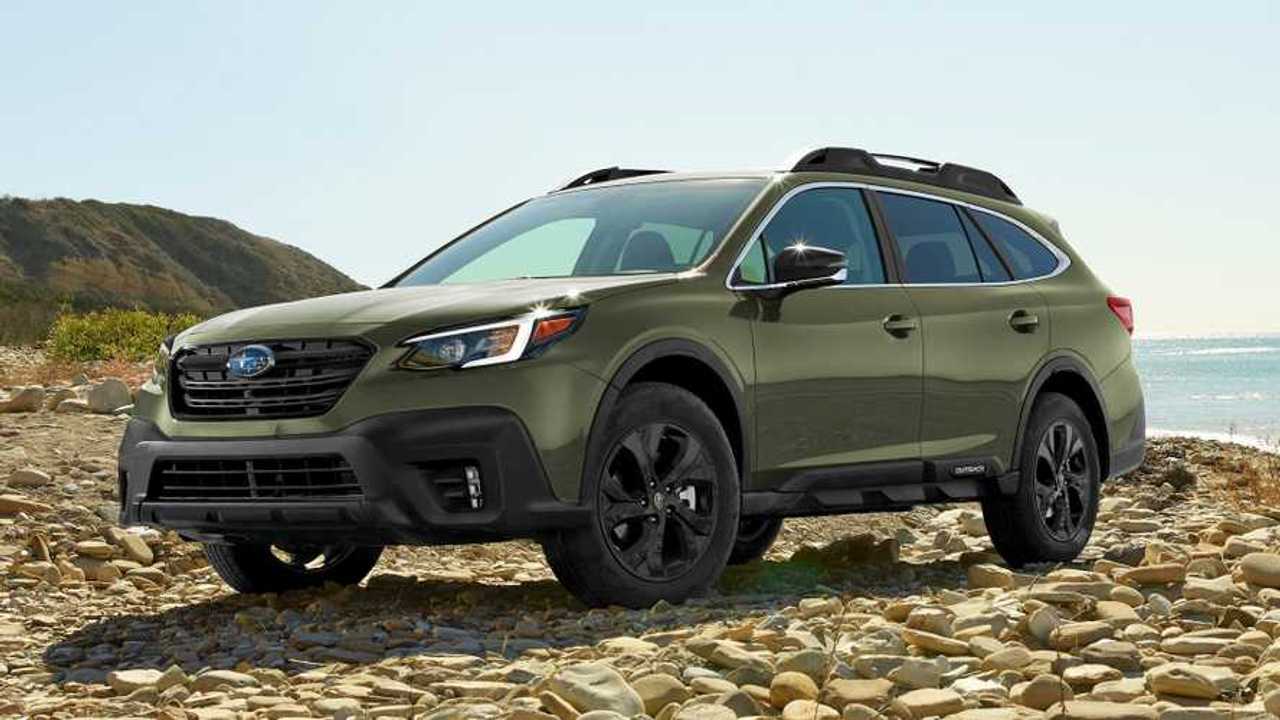
Additionally, Subaru periodically updates the Outback’s design and features, meaning some buyers prefer older model years that better suit their tastes or needs, boosting demand in the used market.
Lastly, the Outback’s fuel efficiency and practicality attract buyers who want the benefits of a crossover without the premium price of a new vehicle.
All these factors combine to make the Subaru Outback one of the vehicles that sells better used than new.
5 Cars That Don’t Move
While some vehicles excel in the used car market and maintain strong resale values, others struggle to find buyers both new and used.
These cars often suffer from poor market demand, weak brand perception, or issues that reduce their desirability and, ultimately, their sales velocity.
The reasons for sluggish sales can vary widely—from underwhelming performance and unattractive styling to high ownership costs or unfavorable reviews.
A common theme among cars that “don’t move” well is that they either fail to meet consumer expectations or enter saturated segments with fierce competition. If a vehicle lacks standout features or is priced poorly compared to rivals, it can quickly fall out of favor.
Sometimes, manufacturer reputation or recalls cast a shadow over certain models, discouraging buyers. Additionally, vehicles with limited dealer support or poor marketing campaigns can languish on lots and in used car inventories.
From a resale perspective, cars that don’t sell well often depreciate faster and are harder to unload, which hurts owners looking to trade or sell. This also makes financing or leasing these vehicles more difficult, further limiting their appeal.
In this section, we analyze five cars that have historically struggled to attract buyers, whether new or used. Each of these vehicles exhibits specific challenges—be it design flaws, market positioning, or other issues—that cause them to stall in sales.
By understanding why these cars “don’t move,” prospective buyers and sellers can better navigate the marketplace, avoiding potential pitfalls and recognizing how brand and model reputation affect long-term value.
1. Mitsubishi Mirage
The Mitsubishi Mirage is an entry-level subcompact car that has consistently faced challenges in attracting buyers both on the new and used markets.
Despite its affordable price and excellent fuel economy, the Mirage struggles with a dated interior, underwhelming performance, and a reputation for cheap build quality, which limits its appeal.
New Mirages tend to appeal primarily to budget-conscious buyers seeking a basic vehicle. However, the car’s slow acceleration, noisy cabin, and minimal features often push buyers to consider better-equipped competitors in the subcompact segment.
The Mirage’s low base price comes at the cost of comfort and refinement, which is a significant drawback for many consumers.
On the used car front, the Mirage’s poor reputation lingers, causing many buyers to avoid it in favor of slightly more expensive but higher-quality alternatives like the Honda Fit or Toyota Yaris.
Additionally, the resale value of the Mirage is notably low, which, while potentially beneficial for buyers looking for a bargain, makes it less attractive for sellers and dealers who have difficulty moving used stock.
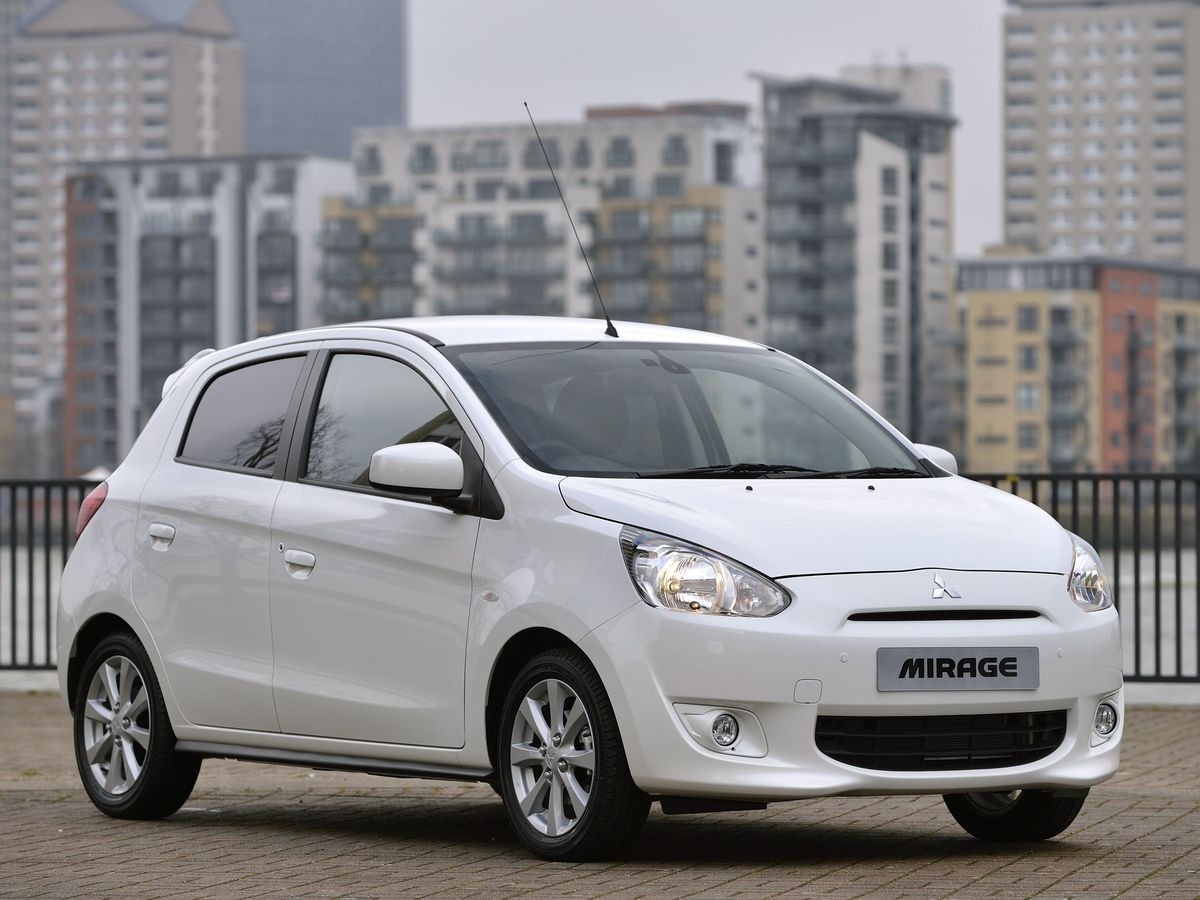
Mitsubishi’s limited dealer network in many regions also impacts the Mirage’s ability to sell, as buyers may hesitate to purchase a vehicle with fewer service options. Moreover, the Mirage lacks standout styling or features that might draw attention despite its shortcomings.
In summary, the Mitsubishi Mirage is a practical but uninspiring choice that fails to generate much enthusiasm in both new and used markets. Its combination of low performance, cheap materials, and limited appeal makes it a prime example of a car that just doesn’t move well.
2. Cadillac ATS
The Cadillac ATS was introduced as a luxury compact sedan aiming to compete with German rivals like the BMW 3 Series and Audi A4.
Unfortunately, despite positive driving dynamics and solid build quality, the ATS struggled to gain a foothold in a fiercely competitive luxury market, resulting in poor sales performance both new and used.
One key reason for the ATS’s slow movement is brand perception. Cadillac’s image in the compact luxury segment lagged behind more established European brands, making it difficult to attract traditional luxury buyers. The ATS also suffered from a relatively bland interior and fewer tech features compared to rivals, further reducing its appeal.
New ATS pricing was often close to or even above its German competitors, which put it at a disadvantage, especially given Cadillac’s weaker brand recognition internationally. Buyers looking for prestige and cutting-edge technology naturally gravitated toward better-known names.
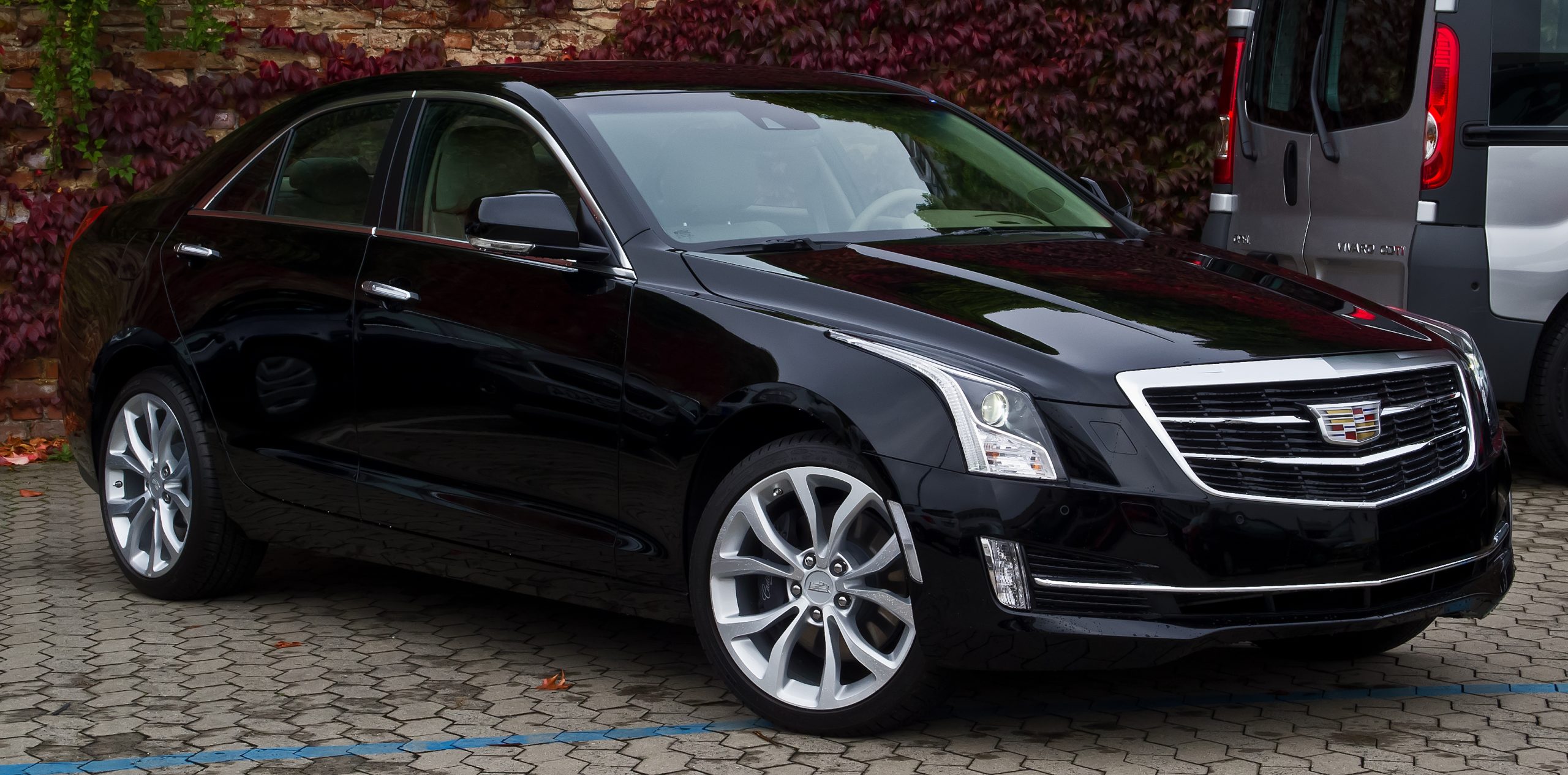
On the used market, the ATS faces challenges due to lingering depreciation and a limited market of luxury sedan buyers. The rapid shift in consumer preference away from sedans toward SUVs also contributed to the ATS’s sluggish resale activity.
Additionally, Cadillac’s brand strength in the luxury sedan segment has not matched its success in larger SUVs and crossovers, making the ATS a less desirable choice overall.
Even certified pre-owned ATS models, despite offering warranty coverage, have struggled to sell quickly, leading dealers to discount heavily or hold onto inventory longer than average.
In sum, the Cadillac ATS illustrates how tough competition, shifting market preferences, and brand perception issues can lead to a vehicle that simply doesn’t move well in either the new or used markets.
3. Fiat 500
The Fiat 500 is a subcompact city car that appeals to a niche audience with its retro styling and small footprint. While it has a unique charm, the 500 faces significant challenges in moving units both new and used due to a mix of practical and perception issues.
New Fiat 500s are often priced higher than similarly sized competitors, despite offering less space and fewer modern features.
The interior quality is also below average for the segment, and the vehicle’s small size can feel cramped, which limits its appeal to mainstream buyers or families. Furthermore, Fiat’s limited dealer and service network in many regions makes ownership less convenient, deterring potential buyers.
Performance is another sticking point, as the base engine delivers modest power that can feel underwhelming, especially on highways or hilly terrain. Safety ratings for some model years have also lagged behind rivals, which impacts consumer confidence.
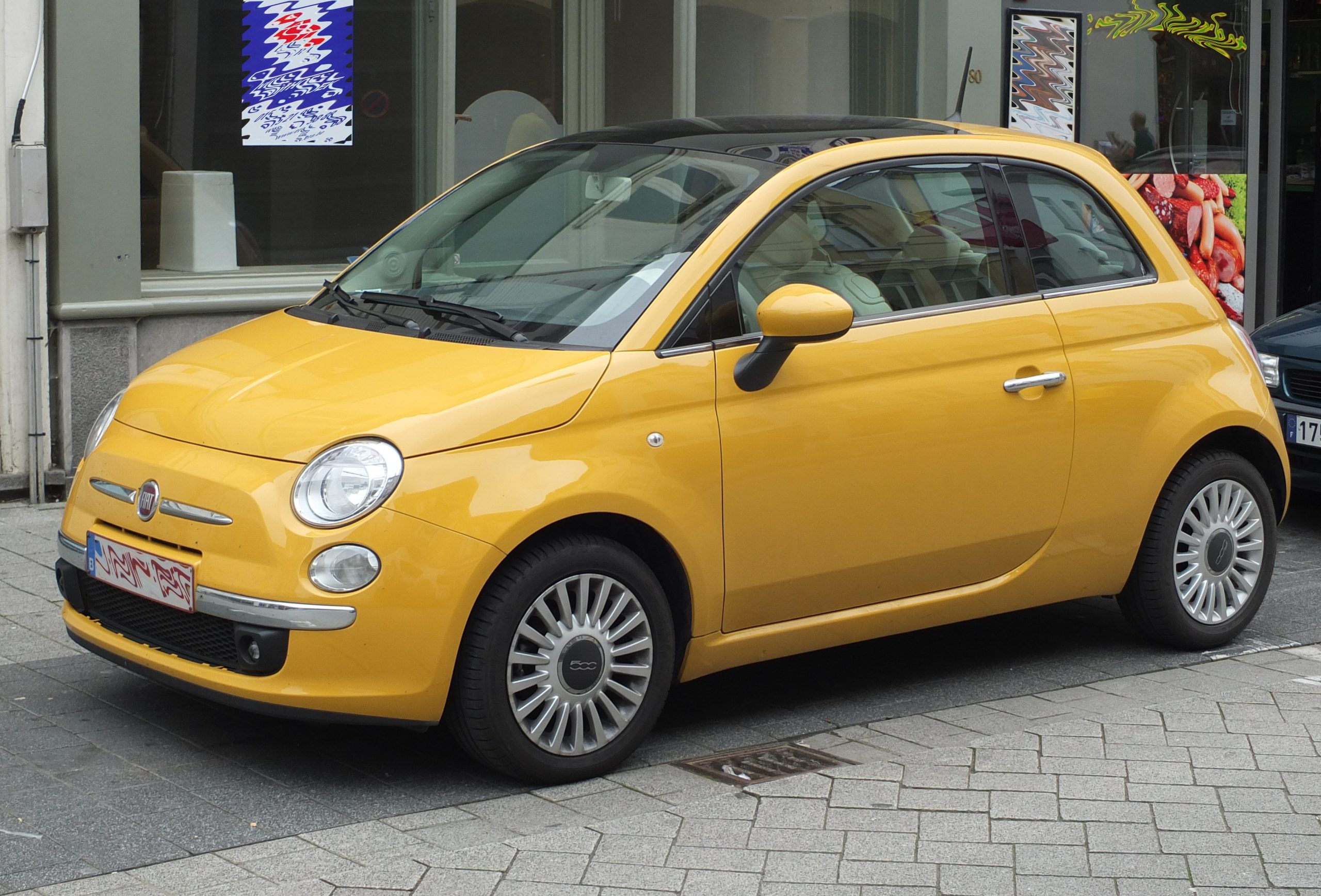
On the used market, the Fiat 500’s quirky styling is polarizing—while some love its look, many buyers find it too unconventional or outdated compared to newer small cars.
The scarcity of used Fiat 500s in some markets also reflects its poor sales volume, which ironically can make it harder to find one in good condition.
Additionally, the vehicle’s reputation for reliability issues and higher-than-average maintenance costs reduces demand in the used market, discouraging resale and trade-ins.
All these factors combine to make the Fiat 500 a car that “doesn’t move” well, suffering slow sales and rapid depreciation.
4. Chevrolet Sonic
The Chevrolet Sonic, once a popular subcompact choice, has struggled with sales momentum in recent years. Despite competitive pricing and decent tech features, it has faced stiff competition from more refined and efficient rivals.
New Sonic buyers often find better value in competitors like the Honda Fit or Hyundai Accent, which offer better fuel economy, more space, and stronger reliability records. The Sonic’s styling and interior quality are considered dated and uninspired, leading to lukewarm consumer interest.
Additionally, the discontinuation of the Sonic in the U.S. market due to Chevrolet’s focus on SUVs and trucks has caused the new car sales to slow dramatically, leaving dealers with aging inventory.
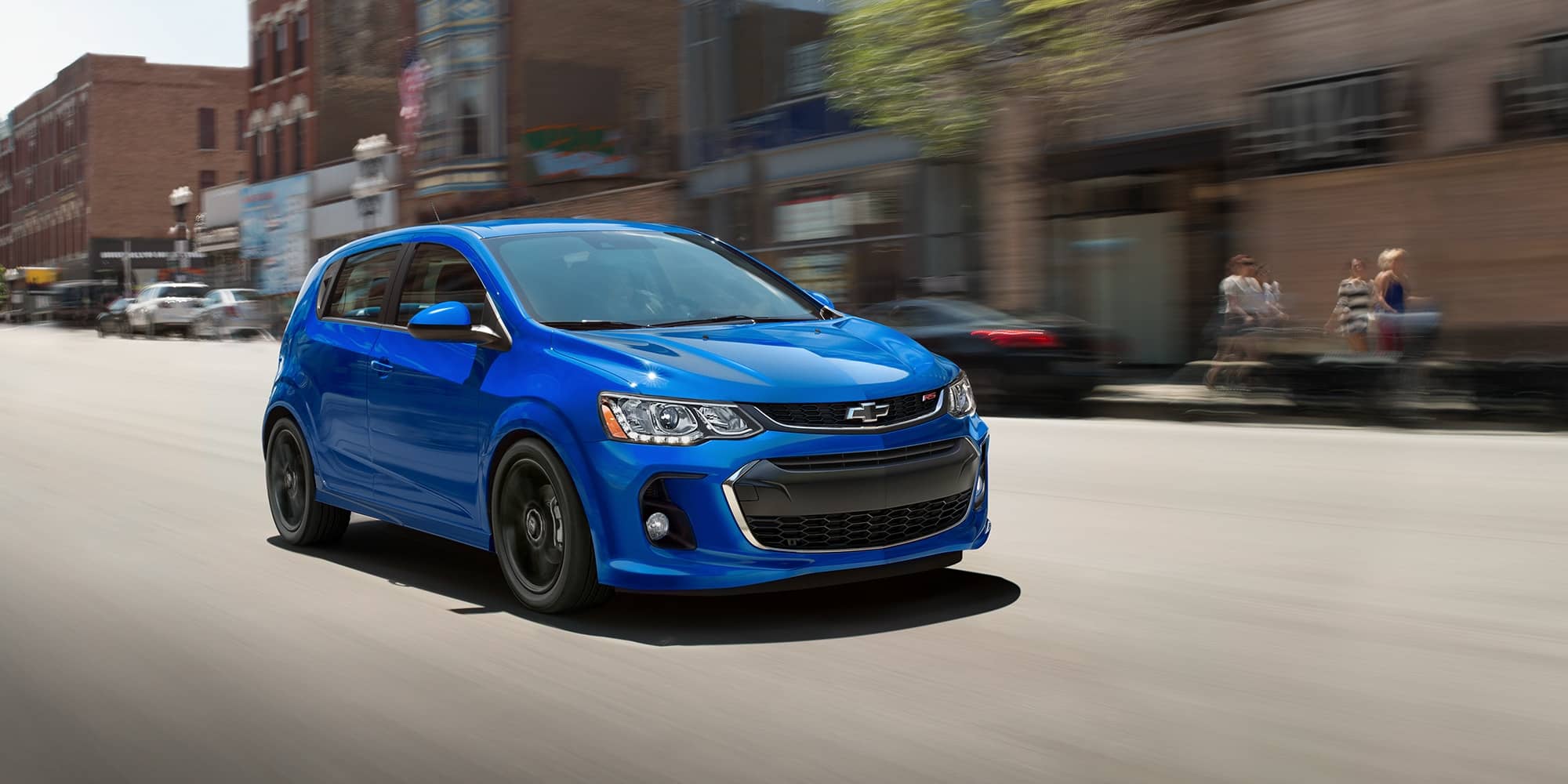
On the used market, the Sonic faces steep depreciation and a shrinking buyer base. Many buyers prefer to spend a bit more for used vehicles with better reputations or larger cabins, making the Sonic less attractive. Maintenance and repair records have also been mixed, impacting resale value.
Due to these issues, the Sonic lingers longer on lots and used car listings, marking it as a vehicle that doesn’t move well.
5. Nissan Versa
The Nissan Versa is one of the most affordable new cars on the market, but its value proposition doesn’t always translate into strong sales or used market demand.
While the low starting price attracts budget buyers, the Versa’s cheap interior materials, noisy cabin, and basic powertrain make it less appealing compared to competitors like the Kia Rio or Hyundai Accent. New buyers often seek a better balance of quality and price, which the Versa struggles to deliver.
In the used car world, the Versa suffers from rapid depreciation and weak demand. Many used car buyers perceive it as an uninspiring vehicle with limited features and below-average reliability, steering them towards more popular alternatives.

Moreover, the Versa’s outdated styling and lack of advanced safety tech in earlier models further reduce its desirability.
As a result, the Nissan Versa often sits longer on dealer lots and used car listings, illustrating why it “doesn’t move” well in today’s market.
Understanding why certain cars sell better used than new, while others struggle to find buyers altogether, reveals much about consumer preferences, brand perception, and market dynamics.
Vehicles that thrive in the used market often combine strong reliability, solid resale value, and broad appeal at a lower price point than new models.
The Honda CR-V, Ford Mustang, and Subaru Outback exemplify this trend: their reputation for quality, coupled with substantial depreciation off the new-car price, makes them smart buys as lightly used vehicles.
These cars offer buyers a balance of features, dependability, and value that new models sometimes fail to deliver due to high prices or less desirable trims.
Conversely, the cars that “don’t move” — like the Mitsubishi Mirage, Cadillac ATS, and Fiat 500 — highlight the pitfalls of poor market fit, weak brand strength, or lackluster performance.
Many of these vehicles suffer from outdated styling, limited dealer support, or underwhelming features that discourage buyers from both new and used purchases.
Slow depreciation and minimal demand create a cycle where these cars linger on lots, making them less attractive investments and harder to resell.
The Chevrolet Sonic and Nissan Versa also illustrate how fierce competition and changing buyer priorities, especially the shift away from sedans and small cars, contribute to their sluggish sales.
For consumers and sellers alike, these insights emphasize the importance of researching resale values and market trends before buying or selling a vehicle.
Choosing a car with proven demand and reliability can mean easier sales, better trade-in values, and overall greater satisfaction.
Meanwhile, being aware of cars with poor market movement helps avoid costly ownership experiences and depreciation pitfalls.
Ultimately, whether buying new or used, understanding what makes a car desirable or not in today’s market can lead to smarter, more informed automotive decisions.
Also Read: 5 Cars With No Blind Spots and 5 That Are Dangerously Designed

